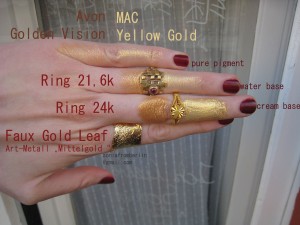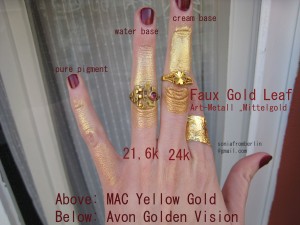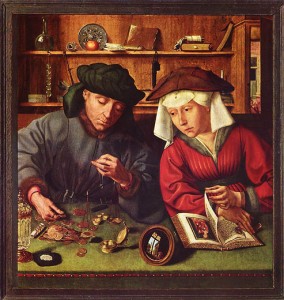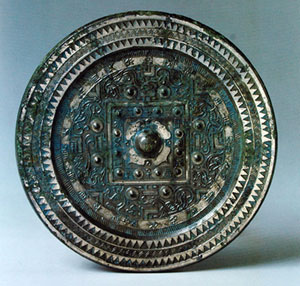1.) Was liest Du gerade?
„Der Donaldist“, Ausgabe 139
2.) Welches Buch hat Dich zuletzt stark beeindruckt?
100 Jahre Einsamkeit
3.) Sammelst Du irgendetwas?
Literarisches, im weitesten Sinne
4.) Schreibst Du Widmungen in Bücher?
Ja, ich finde das macht eine Schenkung persönlich. Ich liebe es auch, Bücher mit Widmungen geschenkt zu bekommen, auch wenn ich selber nie in meine eigenen Bücher schreiben würde (sich selber widmet man schon viel zu viel)
5.) Schreibst Du Deinen Namen in Deine Bücher?
Gelegentlich, mit Kaufdatum und -ort, aussschließlich Bleistift
6.) Welches Buch hast Du doppelt?
Zuwenige, denn manchmal werde ich schwach und verleihe gute Bücher, die dann nicht mehr wiederkehren
7.) Von wem würdest Du Dir gern was vorlesen lassen?
Ich lasse mir grundsätzlich gerne von jedem etwas vorlesen. Gern Lieblingspassagen. Liebesgedichte vorlesen kannste dir aber ma schön verkneifen, wa!
8.) Sitzt Du im Kino lieber am Gang oder in der Mitte?
Ist das eine subtile Anspielung auf die hinreichende Unerträglichkeit der meisten Literaturverfilmungen?
9.) Welche ist Deine liebste Romanfigur?
Hm… Es gibt da keine besondere, die gleich einer Eisbergspitze über so viele andere herausragt
10.) Nach welchem System ordnest Du Deine Bücher daheim?
Lesefrequenz/ Zugriff
11.) Lesen: vor dem ins Bett Gehen oder nach dem Aufstehen?
Auch während des Schlafens!!!einself!!
12.) Welches Buch würdest Du Deinem größten Feind schenken?
Keins
13.) Hardcover oder Paperback?
Hardcover aus Bibliophilie, Paperback aus studentischen Sparmassnahmen
14.) Zeitung aus Papier oder im Netz?
Netz, wobei ich aus Papier immer bevorzugen würde, wenn ich es mir leisten kann
15.) Von welchem Buch bist Du zum ersten Mal so richtig gefesselt worden?
Semolina Seidenpfote und Bobo Siebenschläfer.
16.) Deine liebste Literaturverfilmung?
*hust* Die Geisha? *pieps*
17.) Tägliche oder wöchentliche Pflichtlektüre?
Pflichtlektüre ist ein Oxymoron, ich antworte nicht auf Unsinnsfragen.
18.) Bevorzugte Urlaubslektüre?
Ganz unterschiedlich, neues, altes und bekanntes gemischt
19.) Welches Buch sollte jeder Mensch gelesen haben?
Da entdecke ich jede Woche ein Neues… Einige Perlen halten soviel Weisheit in sich, und werden offenbar doch nie wirklich gelesen/ richtig zitiert, man möchte den Kopf einfach auf die Tischplatte fallen lassen… den Kopf einiger Kollegen…




